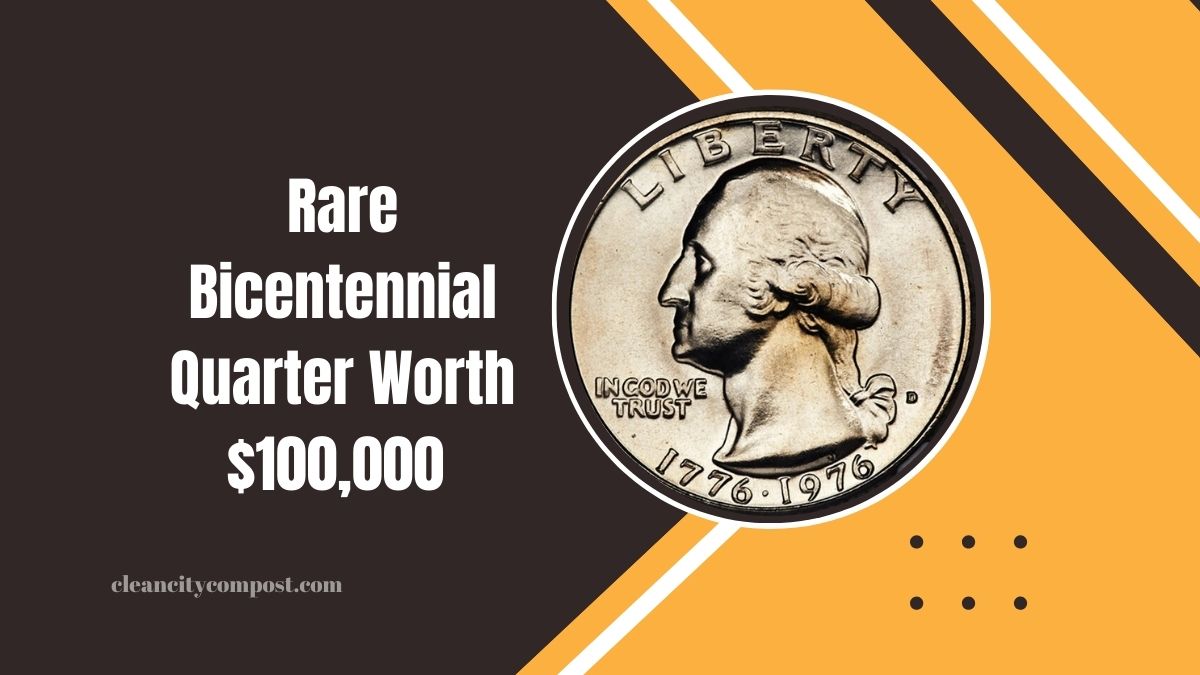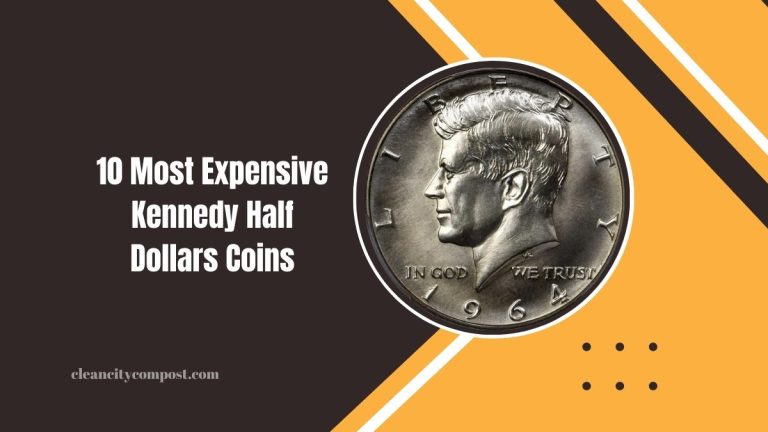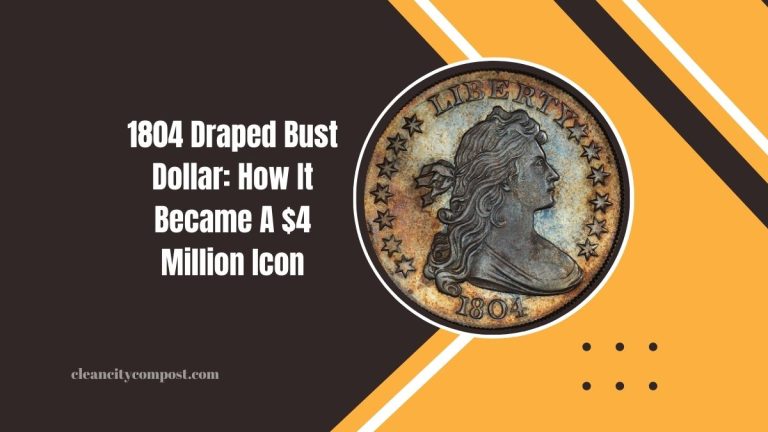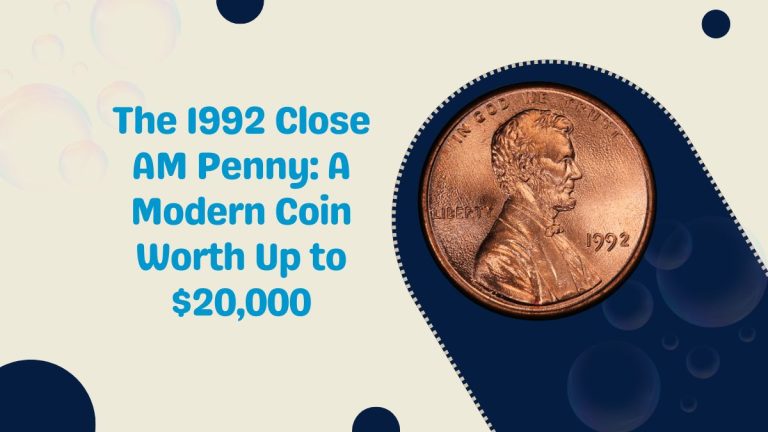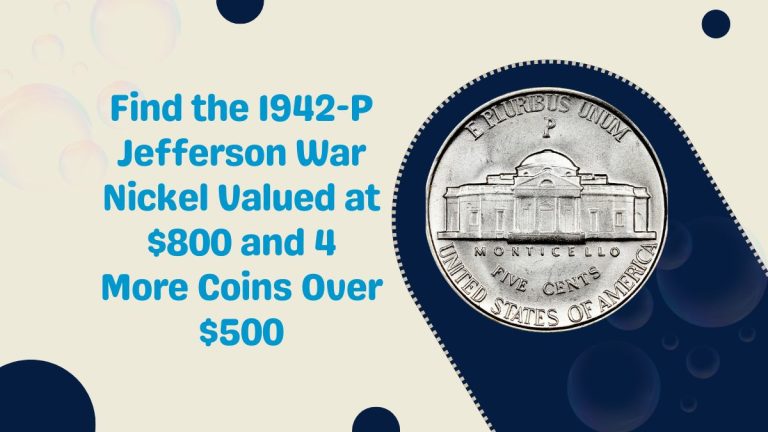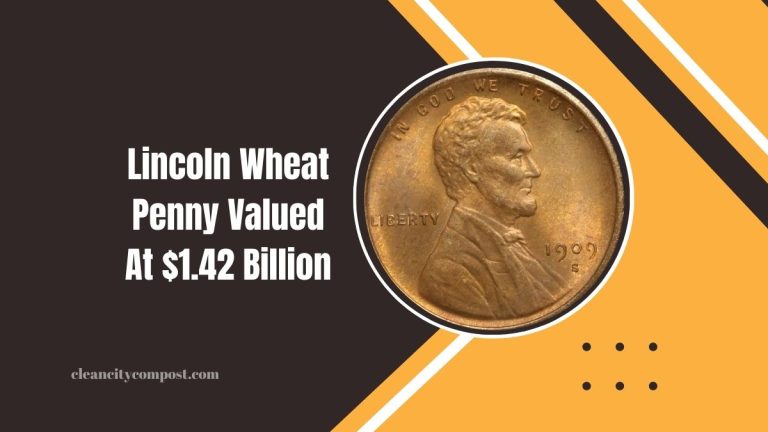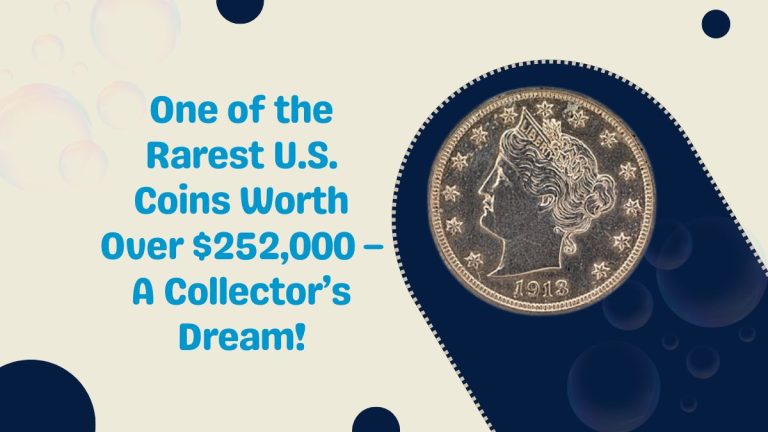Rare Bicentennial Quarter Worth $100,000 – Check Your Pocket For This Hidden Treasure!
The 1976 Bicentennial Quarter holds a special place in American numismatics, commemorating the nation’s 200th anniversary of independence.
While millions were minted, certain rare variations have become highly sought after by collectors, with some fetching prices up to $100,000. Intriguingly, many of these valuable coins remain unnoticed in everyday transactions.
Unique Features of the Bicentennial Quarter
The Bicentennial Quarter is distinguished by:
- Dual Date Inscription: Displaying “1776–1976” to mark the bicentennial celebration.
- Colonial Drummer Design: The reverse side features a colonial drummer, a departure from the traditional eagle design.
Factors Contributing to High Value
Several elements can elevate the value of a Bicentennial Quarter:
- Minting Errors: Coins exhibiting errors such as double die obverse or clipped planchet errors are particularly valuable. For instance, a Double Die Obverse Bicentennial Quarter has been known to fetch over $100,000.
- Silver Composition: While most were minted in copper-nickel, a limited number were struck in 40% silver, intended for special sets. Some of these silver coins were mistakenly released into circulation, making them rare finds.
- Proof Coins: Specially minted with a high-polish finish, proof coins are more detailed and lustrous. A 1976-S Silver Proof Bicentennial Quarter in exceptional condition sold for $19,200 at auction.
- High-Grade Condition: Coins that have been preserved in near-perfect condition, graded as MS-68 or higher, can command top dollar. The combination of pristine condition and rarity significantly increases their value.
Identifying a Valuable Bicentennial Quarter
To determine if your Bicentennial Quarter is valuable, consider the following:
- Mint Mark: Locate the mint mark on the coin. Quarters minted in San Francisco bear an “S” and are often silver proofs. Those from Denver have a “D,” and Philadelphia coins lack a mint mark.
- Weight: Silver quarters weigh slightly more (approximately 5.75 grams) compared to their copper-nickel counterparts (around 5.67 grams).
- Edge Examination: Silver coins have a solid silver edge without the copper stripe seen in standard quarters.
- Condition: Assess the coin’s condition. Coins with minimal wear, sharp details, and no scratches are more valuable.
- Errors: Look for anomalies such as double strikes, off-center designs, or other minting errors.
Preserving and Selling Your Rare Quarter
If you believe you’ve found a valuable Bicentennial Quarter:
- Avoid Cleaning: Cleaning can reduce the coin’s value by causing scratches or removing the original luster.
- Proper Storage: Store the coin in a protective holder or airtight case to prevent damage.
- Professional Grading: Have the coin evaluated by a reputable grading service to determine its condition and authenticate its value.
- Selling: Consider selling through reputable auction houses, coin dealers, or online platforms specializing in rare coins.
| Feature | Description |
|---|---|
| Mint Mark | “S” indicates San Francisco mint (often silver proofs); “D” for Denver; no mark for Philadelphia. |
| Weight | Silver coins: ~5.75 grams; Copper-nickel coins: ~5.67 grams. |
| Edge Appearance | Silver coins have a solid silver edge; standard coins show a copper stripe. |
| Condition | Higher value for coins with minimal wear and sharp details. |
| Minting Errors | Includes double strikes, off-center designs, and other anomalies. |
The Bicentennial Quarter is more than just a piece of currency; it’s a tangible piece of American history. With certain variations valued at up to $100,000, it’s worth examining your change closely.
Whether you’re a seasoned collector or a curious novice, understanding the unique features that contribute to a coin’s value can lead to exciting discoveries and potentially lucrative finds.
FAQs
How can I tell if my Bicentennial Quarter is silver?
A1: Check the coin’s edge; a silver quarter will have a solid silver appearance without the copper stripe typical of standard quarters. Additionally, silver quarters weigh slightly more (about 5.75 grams).
What is a double die obverse error?
A2: This error occurs when the coin is struck twice with a misalignment, resulting in a noticeable doubling of design elements on the obverse (front) side.
Are all Bicentennial Quarters valuable?
A3: While many are common and hold only face value, certain variations—such as those with minting errors, silver composition, or in exceptional condition—can be highly valuable.

